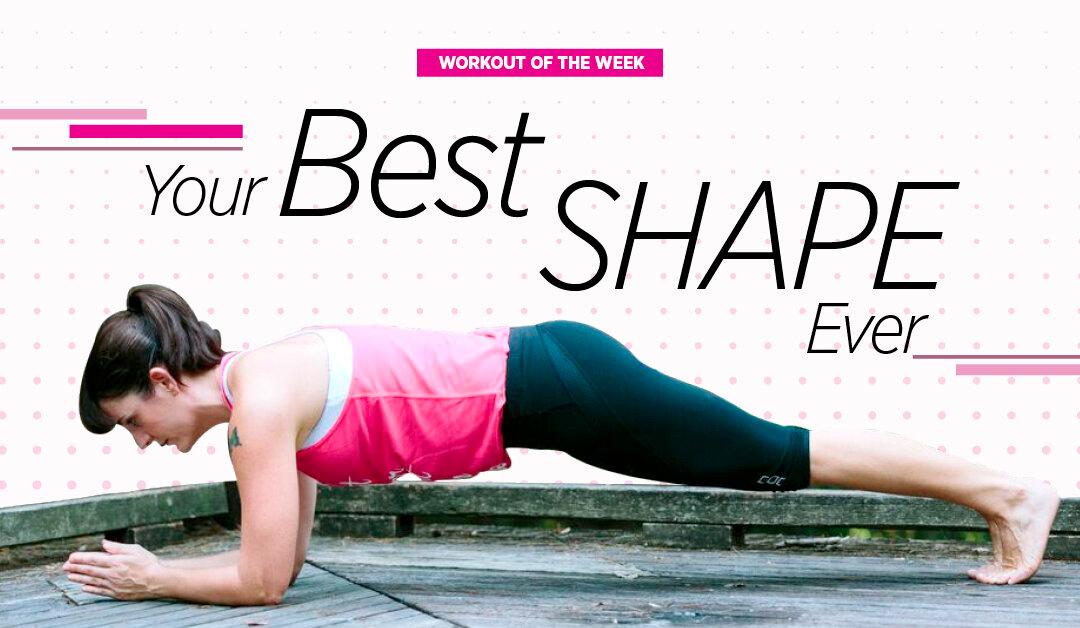Stretching is the perfect way to actively unwind your body. Sometimes when your energy levels are low, it can take a bit of motivation to stretch. But once you start stretching, it feels so good and is so helpful for your muscles that you will want to continue.
There are two types of stretches, dynamic and static.
Dynamic means a stretch involves motion. If you have ever seen athletes warm up before a race, you'll notice that they usually perform a series of moving stretches to get their bodies prepared for the activity ahead.
Static means the stretch is done in stillness. You may have seen a ballerina performing static stretches with no movement and instead using the resistance of a ballet bar to deepen the stretch.
This week’s movement sequence incorporates both static and dynamic stretches as well as a combination of two modalities, Pilates and yoga. Despite being very different in their techniques and philosophies, Pilates and yoga complement each other really well. Pilates will harness your core strength, stability, and mobility, while yoga will build overall body strength and vastly improve your flexibility.
Roll Down
1. Stand tall with your feet hip-width apart.
2. Tuck your chin to your chest and roll down. Keep you knees soft and imagine you are peeling your spine away from a wall.
3. Allow your hands to touch the floor, bend your knees more if you can’t reach the floor.
Lunge
4. Lunge your right foot forward. Make sure your right knee is directly over your ankle, not in front or behind. Try to keep your left leg as straight as you can.
Arm Rotation
5. Place your left hand beside the inside of your right foot. Rotate your right arm toward the ceiling.
6. Take five deep breaths in as you hold this position.
7. Undo the rotation, lunge back to the starting position, and repeat on the left side.
Focus Points
The roll-down is all about lengthening the muscles that run along the spine and mobilizing the spine itself. Keep your upper body as close as possible to your lower body when you are rolling down, as if you only have a small space to roll down in.
As you lunge forward, use the strength in your lower half to control the movement. Try to land your foot lightly as it contacts the floor, avoiding a heavy landing.
As you sink into the lunge, lower your pelvis toward the floor and press the back heel away from your body to stretch the rear leg. Retract your shoulders and look forward instead of down at the floor.
The rotation of your torso will stretch out the rotating muscles of the spine and torso. It is crucial to keep your breath flowing. The stretch will most probably feel tight to begin with. Breathing is the best way to relax your body. Don’t resist the stretch—melt into it.
This movement is particularly good if you are tight around your mid and upper back. It will also give your hip flexors a good stretch. If you sit for long periods of time at a desk, generally speaking you will have tight hip flexors.
The roll-down is fantastic for a healthy spine, however, if you have a really sore lower back and the roll-down increases the pain, leave it out.
Emma-Kate Stampton certifies Pilates instructors and is a certified personal trainer. With 10 years of industry experience, she is passionate about sharing the gift of health and well-being. She is based in Brisbane, Australia.





